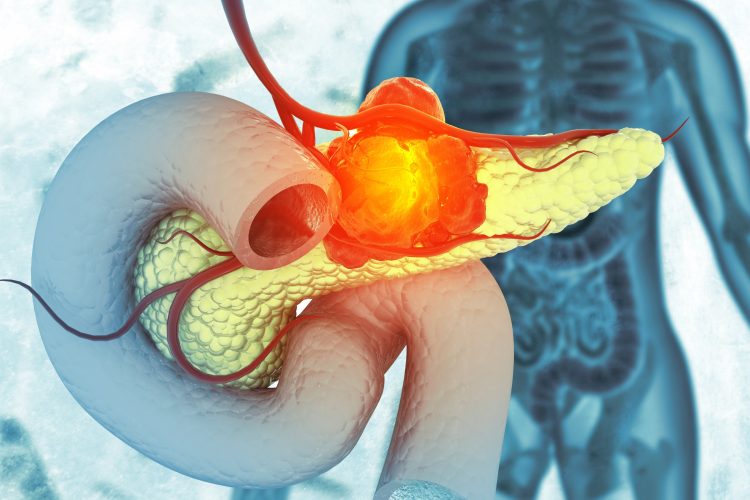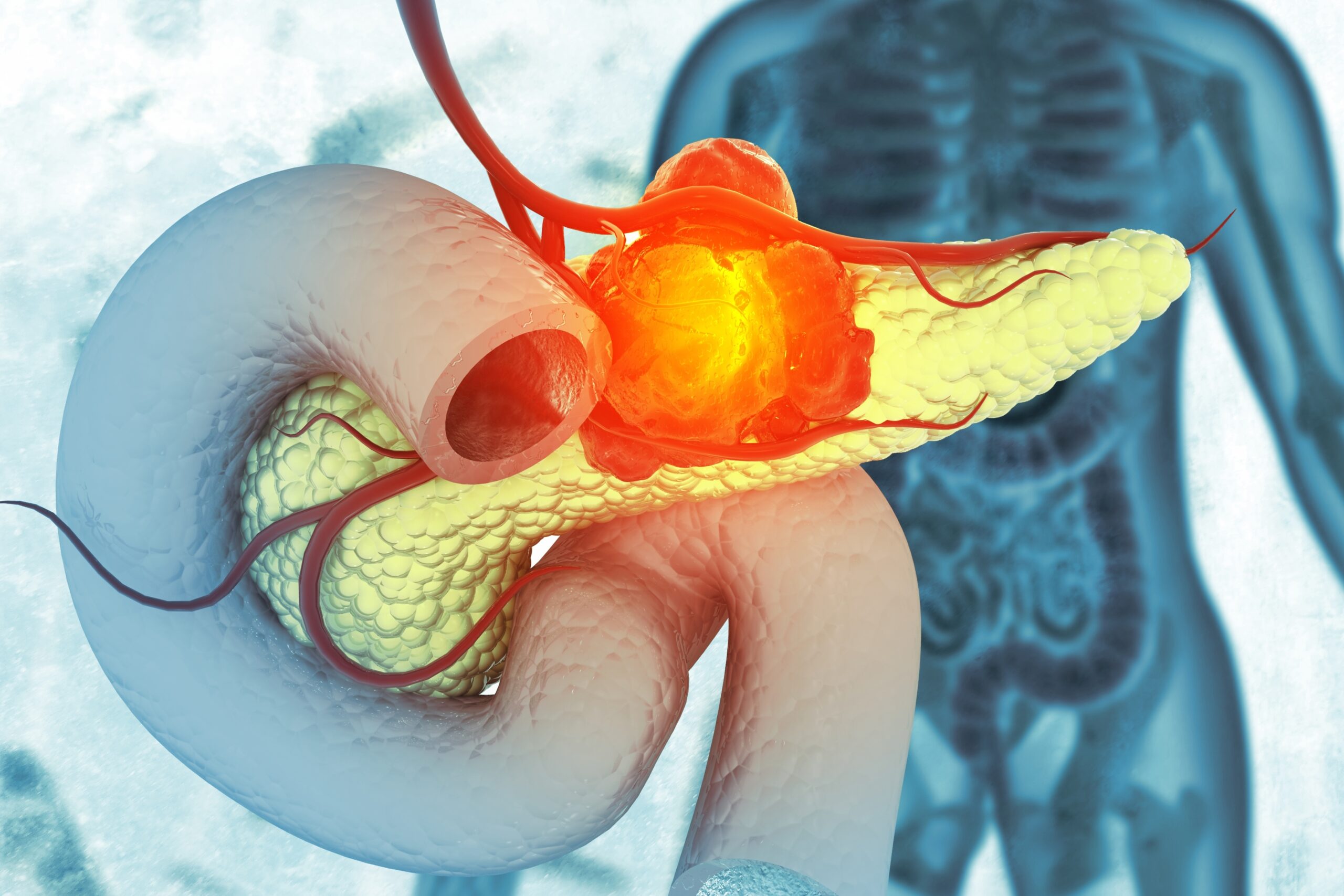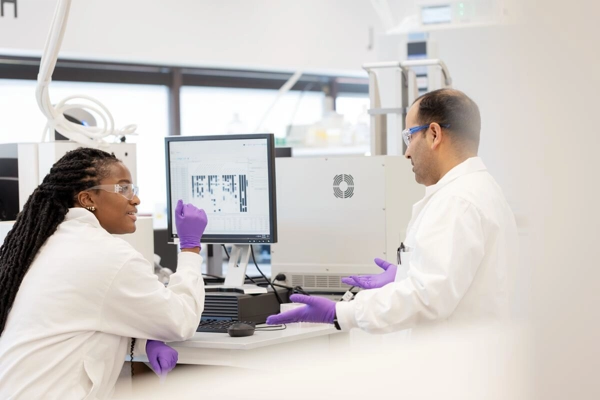Scientists in Japan have identified a way to weaken the dense fibrotic barrier that prevents drugs from penetrating pancreatic tumours – a promising new strategy that could improve treatment for pancreatic cancer.

Pancreatic…

Scientists in Japan have identified a way to weaken the dense fibrotic barrier that prevents drugs from penetrating pancreatic tumours – a promising new strategy that could improve treatment for pancreatic cancer.

Pancreatic…

Male bonobos are able to decipher confusing fertility signals from females, say scientists.
Most female mammals are only receptive to mating during ovulation, which provides males with precise signals to time their efforts accurately.
However,…

Zane Maples was one of the final donors in line to give blood at an MD Anderson community blood drive held at Conroe High School. He waited patiently throughout the donor intake process as fellow seniors completed their donations. He kept…
SAN ANTONIO – Using menopausal hormone therapy (MHT) was not associated with an increased risk of breast cancer in women with inherited mutations in the BRCA1 or BRCA2 genes, according to the results of a matched prospective analysis…

Medical cannabis is widely used for issues such as chronic pain, anxiety and insomnia, but a major analysis led by UCLA Health reports that the scientific support for these uses remains weak.
A study published in JAMA examined more than 2,500…

Vegetarian and vegan diets can support healthy growth when carefully planned with appropriate supplementation, finds a major new meta-analysis – the most comprehensive study to-date of plant-based diets in children.
A team of…

Increased volume of epicardial adipose tissue, detected by cardiovascular imaging, was found to be associated with greater myocardial injury after a myocardial infarction. These findings were presented today at EACVI 2025, the…

A pioneering collaboration is unlocking the secrets of disease by zooming in on individual cells. Using single-cell and spatial genomics, scientists are discovering new cell types, revealing new drug targets, and harnessing artificial…

The Allied Health Assistant (AHA) workforce plays an increasingly important role in supporting the delivery of allied health services across the Australian healthcare system.1 AHAs work under the delegation and supervision of…